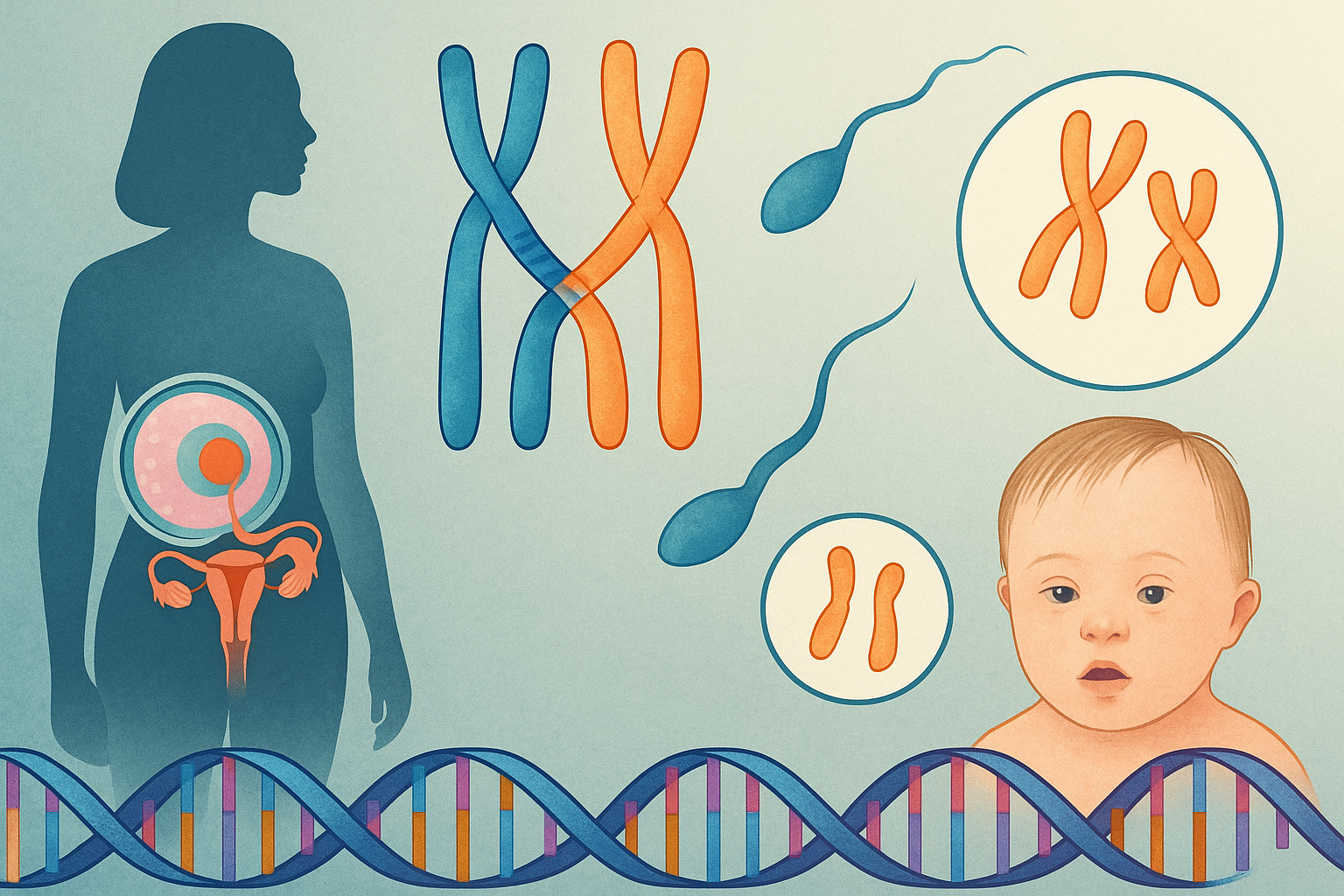
Can AI Predict Cancer? A New Genomics-Powered Model Simulates Tumor Behavior
A cutting-edge AI cancer prediction model is changing the way scientists understand tumor growth. By leveraging advanced genomic data, the model simulates how tumors develop and respond to treatment, offering new hope for personalized cancer care.
The study, published on July 25 in Cell, was co-led by researchers at the University of Maryland School of Medicine’s (UMSOM) Institute for Genome Sciences (IGS). It represents a years-long collaboration between software developers, laboratory scientists, and clinical researchers, aimed at building tools that could eventually help personalize cancer treatment through patient-specific digital models or “digital twins”.
“Genomics has given us incredibly detailed views of cell ecosystems, but it’s still just a snapshot,” said Dr. Jeanette Johnson, a postdoctoral fellow at IGS and co-first author. “We’re missing the dynamic aspect of how these systems evolve and interact over time to drive diseases like cancer”.
To bridge this gap, the research team introduced a new modeling language called a “hypothesis grammar” a straightforward, English-like structure for describing cell behaviors in tissue environments. Developed by Dr. Paul Macklin and his team at Indiana University, the grammar makes it easier for scientists across disciplines to simulate complex biological systems without needing to translate everything into dense code.
“This grammar acts as a translator between biology and computation,” explained Dr. Daniel Bergman, a scientist at IGS and co-lead author. “It also enhances collaboration by making the modeling process more accessible across fields”.
The IGS team combined this grammar with cutting-edge genomic tools, like spatial transcriptomics, to study breast and pancreatic cancer. In breast cancer, their model simulated how a compromised immune response could promote tumor spread. In pancreatic cancer, they tested their simulation framework against real-world clinical trial data involving immunotherapy.
What they found was striking: even before treatment, the simulated “patients” showed varied responses, reflecting how the surrounding cellular environment influences therapy outcomes. For instance, pancreatic tumors are often embedded in dense tissues filled with fibroblasts, which the model showed playing a key role in helping tumors grow and invade nearby tissue.
“Immune cells follow certain behavioral patterns that we can now program into these models,” said Dr. Johnson. “It allows us to test our hypotheses virtually, using real patient data, without exposing people to risk”.
Dr. Elana Fertig, Director of IGS and senior author of the study, compared the effort to her earlier work in weather prediction. “We’re trying to use the same forecasting logic to understand biology. There’s still so much we don’t know about the rules cells follow, but these models give us a controlled environment to explore them”.
The project, described as a “tapestry of team science” included collaborations with Johns Hopkins University and Oregon Health Sciences University. Funding came from the National Foundation for Cancer Research, the National Cancer Institute (NCI) and several other institutions.
Crucially, the modeling grammar developed for this research is open-source, meaning scientists around the world can adapt it for their own work. To demonstrate its versatility, researchers even used it to simulate brain development, modeling how layers form in the developing cortex.
“This sets the stage for a new era in biomedical research” said Dr. Mark Gladwin, Dean of UMSOM. “With digital twins and virtual trials on the horizon, we’re moving toward more precise, data-driven healthcare solutions”.
The team plans to continue refining their models and expanding their use across other cancer types and diseases, with an eye toward clinical application and integration with existing genomic analysis platforms.






